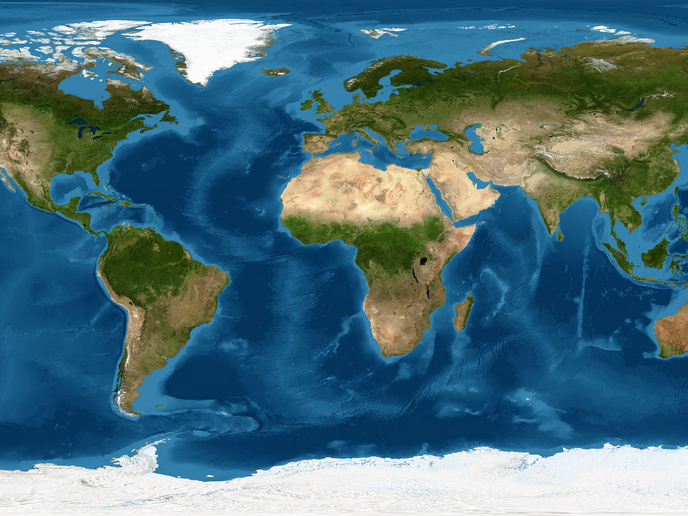Studying the changing waters flowing to and from the Arctic
The Arctic Ocean may be remote, but it does not exist in isolation. Several ocean gateways connect it to the Pacific and Atlantic Oceans, and fluxes in these gateways can affect both climate and marine ecosystems. A review conducted with partial support from the EU-funded CRiceS project takes a look at past studies on the waters flowing between the Arctic and subarctic oceans. Published in the journal ‘Ocean-Land-Atmosphere Research’, the review aims to enhance our understanding of these changes. This will enable effective policymaking and climate change mitigation strategies. “We conducted a review of prior observational and modeling studies on Arctic-subarctic ocean linkages and examined their changes and driving mechanisms,” states lead author Dr Qiang Wang of CRiceS project partner Alfred Wegener Institute Helmholtz Centre for Polar and Marine Research, Germany, in a ‘EurekAlert!’ news release. The review highlights the radical changes that occurred in the inflows and outflows of the Arctic Ocean during the 2010s.
The consequences of a warming climate
During this period, there was stronger heat convergence, or increased heat transport, to the Arctic Ocean as a result of warming inflow waters from subarctic oceans. The inflow temperatures in both the Bering Strait (linking the Pacific and Arctic Oceans) and the Fram Strait (between the Atlantic and Arctic Oceans) hit record highs. The researchers also noted evidence of rising volumes of ocean inflows carrying warm waters from the Pacific and Atlantic into the Arctic Ocean. At the same time, the Arctic Ocean experienced reduced sea ice formation and increased freshwater input from river run-off and precipitation, as well as reduced salinity owing to the inflow of low-salinity water from the Pacific. According to the review, “the Pacific inflow salinity in the Bering Strait and Arctic outflow salinity in the Davis and Fram straits hit record lows.” Dr Wang remarks in the news release: “Both the ocean heat convergence from lower latitudes to the Arctic Ocean and the hydrological cycle connecting the Arctic with subarctic seas were stronger in 2000-2020 than in 1980-2000 and will continue to be intensified in a future warming climate.” Climate models predict a continuing increase in heat transport to the Arctic Ocean in the 21st century, mainly as a result of the warming of inflow waters. They also predict rising levels of freshwater flowing into the Arctic Ocean as a result of higher net precipitation, river run-off and sea ice decline. The largest increase in freshwater flowing in the opposite direction, from the Arctic to the North Atlantic Ocean, is expected to happen through the Fram Strait “due to both increased ocean volume export and decreased salinity,” according to the review. “Fram Strait sea ice volume export hit a record low in the 2010s and is projected to continue to decrease along with Arctic sea ice decline,” the authors write. However, the research supported by CRiceS (Climate relevant interactions and feedbacks: the key role of sea ice and snow in the polar and global climate system) draws attention to the inadequacy of current observations and models to paint an accurate picture. “Both observation and modeling capabilities need to be further improved to better monitor and predict changes in Arctic-subarctic ocean linkages,” concludes Dr Wang in the news release. For more information, please see: CRiceS project website
Keywords
CRiceS, ocean, Arctic, climate, subarctic, sea ice, strait, inflow, salinity



